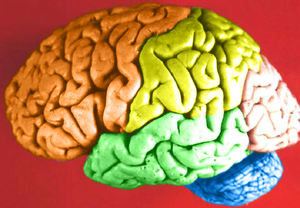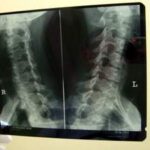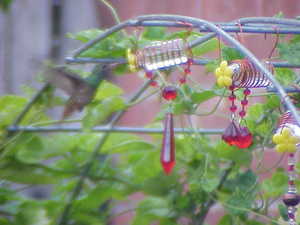The brainstem, or the lowermost portion of the brain, is made up of the diencephalon, midbrain, pons and medulla oblongata. Each of these structures plays an important role in the function of the brain.
Diencephalon
The diencephalon contains two very critical structures; the thalamus and the hypothalamus.
Thalamus
The thalamus is a two-lobed structure located on the most superior portion of the brainstem. Nearly all signals pass from the spinal cord into the cerebrum pass through the thalamus. The thalamus is critical to taste, smell, hearing, sight, balance, sensations and much more. The thalamus is also responsible for the transmisison og signals between the cerebellum and the cerebrum that control motor movements. The thalamus also plays a role in memory and emotion through what is known as the limbic system.
Hypothalamus
The hypothalamus is located just inferior to the thalamus and regulates the hormones released from the pituitary gland within the brain. The hormones that the hypothalamus controls regulate the body’s growth, metabolism, reproductive function and other functions. The hypothalamus also plays a role in maintaining the person’s heart rate, digestive processes, body temperature, sleep cycles, memory and emotional behavior. The hypothalamus also helps signal hunger.
Midbrain
The midbrain connects the hindbrain to the forebrain and aids in the transmission of auditory and visual signals. There are four characteristic bulges found in the midbrain posterior the cerebral aquaduct, the upper two of which are known as the superior colliculi. The superior colliculi are responsible for visual abilities, such as watching moving objects, dilation and constriction of the pupils, and responding to visual stimuli by turning or moving the eyes and head. The lower two bulges are known as the inferior colliculi and are responsible for relaying auditory signals and responses to auditory stimuli, such as jumping at a sudden sound.
Within the midbrain, the red nucleus and substantia nigra can be found. These two structures play an important role in the control of bodily movements. The substantia nigra contains neurons known to produce dopamine; a “feel-good” hormone.
Pons
Measuring only 2.5 centimeters, the pons is located beneath the medulla oblongata and is responsible for connecting the medulla oblongata to the cerebral cortex. The pons also serves as a communication gateway between the left and right hemispheres of the brain. The pons plays a key role in sexual arousal, sleep, respiration and other autonomic functions.
Medulla Oblongata
The medulla oblongata is the lowermost portion of the brainstem and is responsible for connecting the brain to the spinal cord. Additionally, the medulla oblongata also plays a role in autonomic functions such as breathing, circulation and sneezing. The medulla oblongata also aids in the coordination of bodily movements.
References
Saladin, Kenneth S.. Anatomy & physiology: the unity of form and function. 5th ed. Dubuque: McGraw-Hill, 2010. Print.
Diencephalon
Divisions of the Brain – Diencephalon
Midbrain: Structure & Function
The Brainstem
Anatomy of the Brain – Pons
Medulla Oblongata





